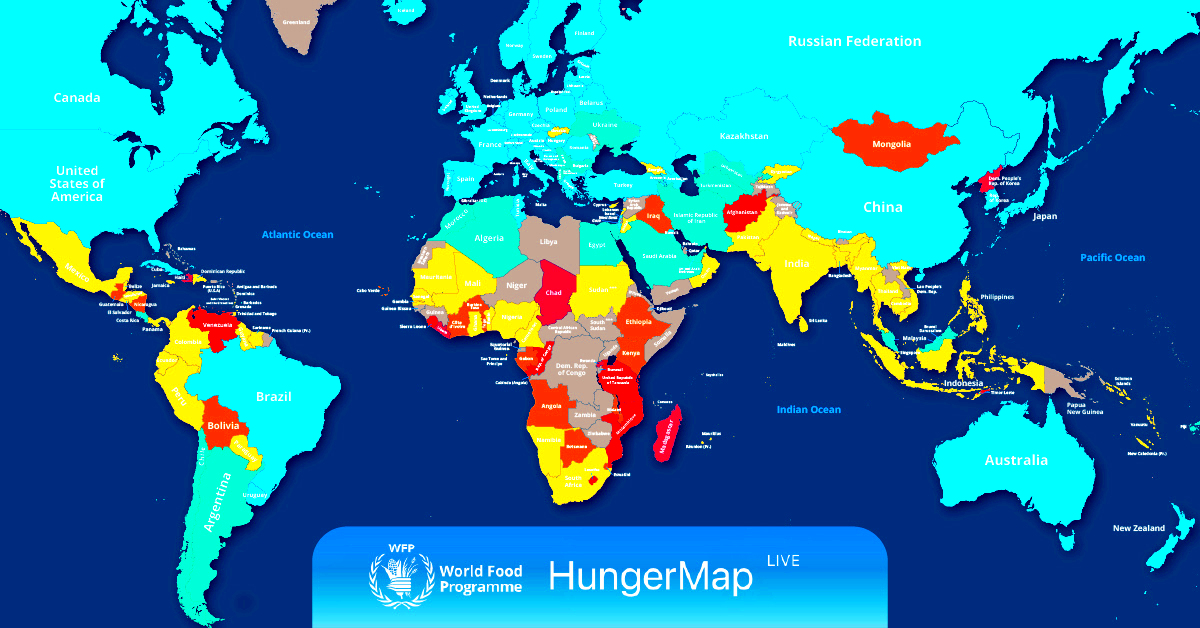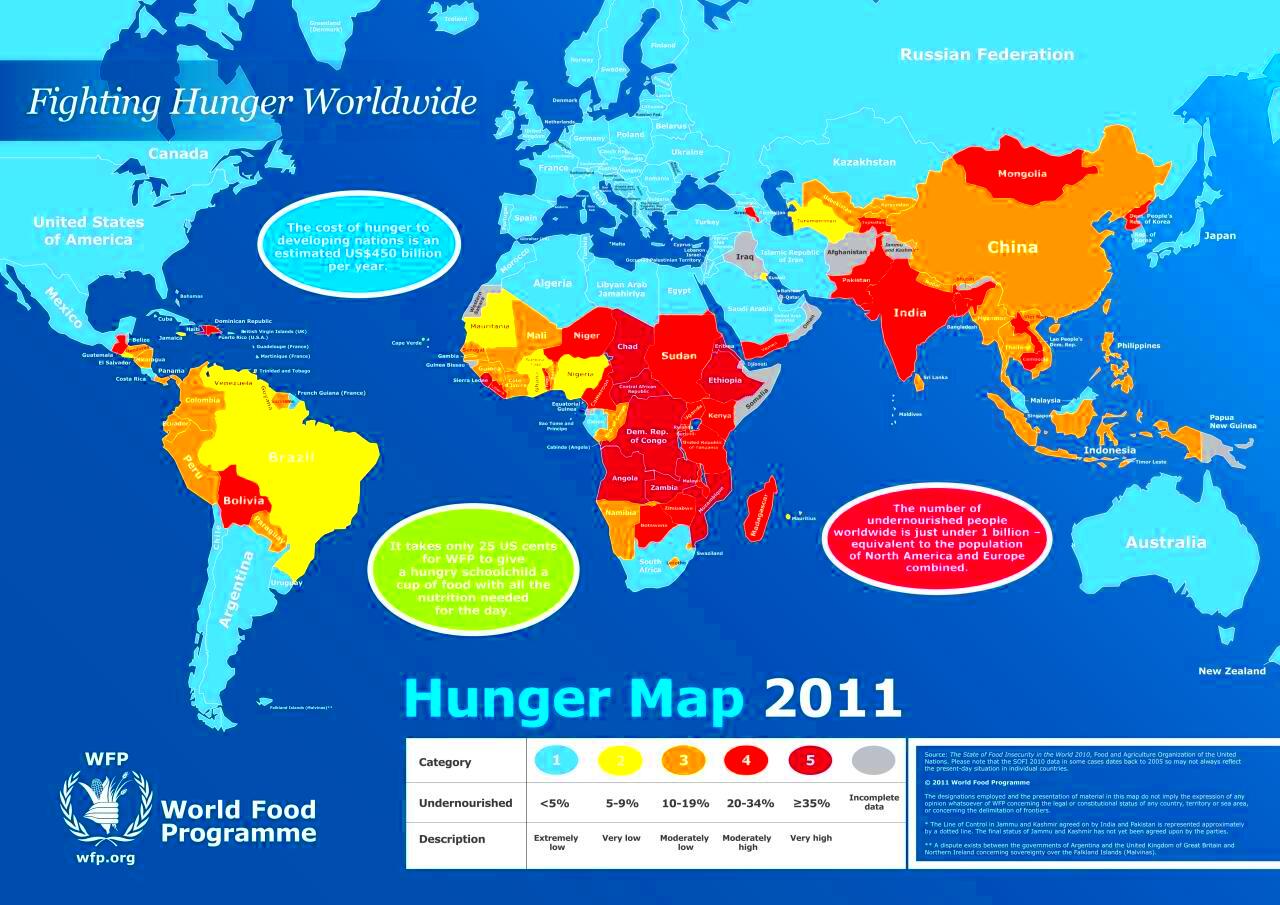Hunger is one of the major problems affecting many places in the United States. A map of hunger visually shows us where the needs for food are greatest, thus enabling government and other organizations including the general public to realize just how big a problem it is.This makes it possible to distribute resources better to those who require them most. Seeing food insecurity through maps enables more patterns or trends that could otherwise be missed to be noticed. In this post, therefore, I will discuss about the importance of
images mainly maps in this aspect.
The Role of Images in Understanding Hunger Issues

Always keep in mind that photos do not only serve to inform but also elicit empathy. Visuals associated with hunger cannot be reduced to mere numbers; they become personal stories about human beings. For example, food insecurity may be depicted on maps as something that has a real location.
Images can assist in the following ways:
- Visual representation of data: Maps can break down complex data into easy-to-understand visuals.
- Raising awareness: Seeing the impact of hunger in specific areas can motivate individuals and organizations to take action.
- Improved decision-making: Policymakers can use images and maps to allocate resources where they are needed most.
Merging
images with data makes us more prepared to work with our communities and promote real conversations about hunger.
How to Use Map Images to Show Hunger Trends
An effective way of visually narrating Hunger Trends is by using map
images. Anyone can create such captivating maps that show in various regions, the extent of hunger by applying a few simple terms.Thus, a sequential instruction manual looks like this:
- Collect data: Start by gathering data from reliable sources like government reports, non-profit organizations, or public databases that track food insecurity.
- Select a mapping tool: Use tools like Google Maps, ArcGIS, or Mapbox to create your visual. Many of these tools allow you to layer data on top of geographic maps.
- Highlight key regions: Focus on areas with the highest rates of hunger. You can color-code regions based on levels of food insecurity to make trends easier to spot.
- Include relevant details: Add data points such as poverty rates, unemployment levels, and population density to provide context for hunger trends.
Presentations, reports as well as campaigns can effectively communicate the extent of hunger in a visually meaningful manner by using these map
images.
Sources for Accurate Hunger Data
At the time of making maps that showcase hunger in America, consistent access to data is a must. Several sources can respond to hunger issues from time to time. Since you know where exactly to find reliable data, your maps will depict the real extent of the problem.In terms of precise data concerning famine, here are some essential foundations:
- USDA (United States Department of Agriculture): The USDA offers comprehensive data on food insecurity in the U.S. through its annual reports and studies.
- Feeding America: This non-profit organization provides detailed hunger data at both national and local levels, including statistics on food bank usage and poverty rates.
- Census Bureau: The U.S. Census Bureau collects data on household income, poverty, and unemployment, which are all key indicators related to hunger.
- World Food Program (WFP): For global hunger insights, the WFP offers a range of data and tools, some of which can be adapted to analyze hunger in U.S. regions.
Not Solely Raw Data But Also Social Aspects Are Resulted Through This Mapping Hunger.
Visualizing Hunger Across Different Regions
Across America, different areas encounter varying degrees of hunger impact even if certain places such as sparsely populated areas or closely settled towns normally encounter distinct food deprivation challenges. Thus, visual representation of food deprivation throughout diverse parts of the country is a potent means of illustrating these disparities and indicating where the issue is most pressing.The following are some methods by which we can see hunger as it exists in specific regions worldwide:
- Color-coded maps: Using a gradient of colors to represent areas with different levels of hunger, with darker colors indicating higher food insecurity rates.
- Heat maps: These are effective for showing hunger hotspots, where the problem is particularly severe.
- Geographical comparisons: You can compare hunger rates between urban and rural areas, or between states, to highlight disparities.
A layer of context can also be added, such as levels of poverty, available jobs and/or grocery shops in visualizing hunger. This brings about the fuller understanding on why some areas are affected by hunger whereas others are not.So by using these maps for visualization of hunger, they can be seen not as mere informative instruments but also as means that can highlight important areas and motivate actions.
How Dribbble Image Downloader Helps Find Hunger-Related Images
It can be challenging to find the right impactful images for your hunger project especially if you are looking for something beyond and away from the normal stock images. Dribbble, a design community, provides high quality images that are unique and creative, some of which touch on social issues such as hunger. However, without proper tools, downloading them directly becomes difficult.This is where the
Dribbble Image Downloader comes in. This tool makes it easy to download hunger-related images from Dribbble for use in reports, presentations, and awareness campaigns.Here’s how it is beneficial:
- Wide range of visuals: Dribbble features a diverse collection of illustrations, infographics, and maps related to hunger and social issues.
- Easy access: The Dribbble Image Downloader allows you to quickly save images in high resolution without navigating through multiple steps.
- Customization potential: Many images on Dribbble are editable, meaning you can tailor them to fit the specific hunger-related narrative you want to convey.
If you require a tailored map or an infographic, or graphical explanations showing consequences of food shortage, then this tool offers easy access to artistic visuals that can support your communication.
Best Practices for Using Hunger Maps in Presentations
Clear, informative, and impactful visuals are the essential elements of presentations that incorporate hunger maps. Maps have the potential to convey intricate data with brevity; however, incorrect use may bewilder an audience or miscommunicate a message.For presentations, below are some effective ways to utilize food insecurity charts:
- Simplify your visuals: Don’t overload your map with too much data. Focus on one or two key metrics, like hunger rates or food insecurity levels, and make those the central theme of your visual.
- Use color wisely: Color-coded maps help communicate differences between regions, but make sure the colors are distinct and easily interpretable. For example, use red for areas with high hunger rates and lighter shades for lower rates.
- Provide context: Include additional information such as population density or poverty rates to help your audience understand why certain regions are experiencing higher levels of hunger.
- Tell a story: Don’t just present the map—walk your audience through what it shows. Highlight key regions and explain the factors contributing to hunger in those areas.
- Keep your audience in mind: Tailor the level of detail in your map to your audience’s familiarity with the issue. For policymakers, you may want to include detailed data, while for general audiences, simpler visuals may be more effective.
Using these best practices, it is possible to develop hunger maps that are both informative and engaging enough to aid your audience in improving their understanding of the situation.
FAQ: Common Questions About Hunger Mapping
People often have plenty of inquiries about hunger mapping. The following are some queries that are frequently asked in order to clarify any uncertainties.
| Question | Answer |
|---|
| What is hunger mapping? | Hunger mapping is the process of using geographic data to visualize areas where food insecurity is prevalent. It helps identify regions most in need of assistance. |
| Where can I find reliable hunger data? | You can gather reliable hunger data from sources like the USDA, Feeding America, and the U.S. Census Bureau. These organizations provide up-to-date information on food insecurity across the U.S. |
| How are hunger maps used? | Hunger maps are often used by policymakers, non-profits, and researchers to visualize trends in food insecurity and to allocate resources more effectively. |
| Can I create my own hunger map? | Yes, you can create hunger maps using online tools like Google Maps, ArcGIS, or Mapbox by overlaying relevant data such as hunger rates, poverty levels, or unemployment statistics. |
| Why are hunger maps important? | Hunger maps help illustrate the scale of food insecurity in different regions, making it easier to address the issue by targeting areas that need the most support. |
Conclusion: The Importance of Visual Storytelling in Addressing Hunger
In the struggle against hunger, being visually narratives is a key feature. The magnitude and immediacy of food insecurity can be effectively communicated by using maps, images, and infographics. By simplifying complex information into comprehensible visualizations, we can reach a wider audience create awareness and drive action.Hunger mapping, in particular, allows us to pinpoint the regions that need the most attention, providing valuable insights for organizations and policymakers. With tools like the
Dribbble Image Downloader, finding impactful images and maps has never been easier. Whether used in presentations, reports, or campaigns, visuals make the problem of hunger more visible and, ultimately, more solvable.The ultimate aim for these visual instruments is to lead to genuine modifications in the everyday life that would have an impact in combating hunger.
 Always keep in mind that photos do not only serve to inform but also elicit empathy. Visuals associated with hunger cannot be reduced to mere numbers; they become personal stories about human beings. For example, food insecurity may be depicted on maps as something that has a real location.Images can assist in the following ways:
Always keep in mind that photos do not only serve to inform but also elicit empathy. Visuals associated with hunger cannot be reduced to mere numbers; they become personal stories about human beings. For example, food insecurity may be depicted on maps as something that has a real location.Images can assist in the following ways:
 admin
admin








